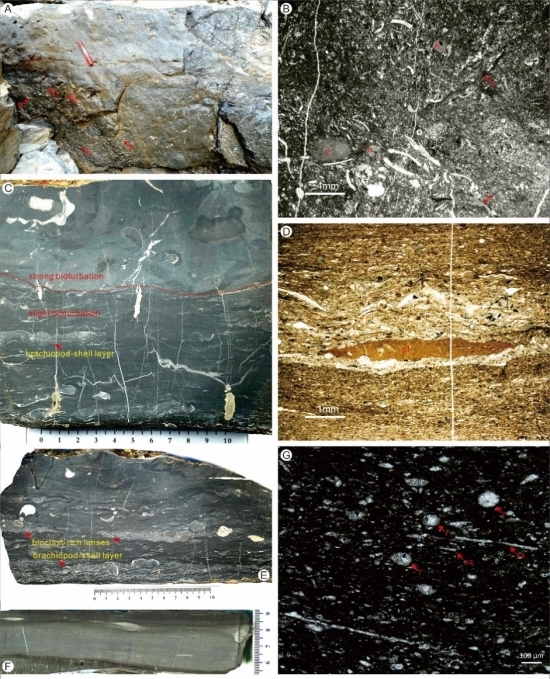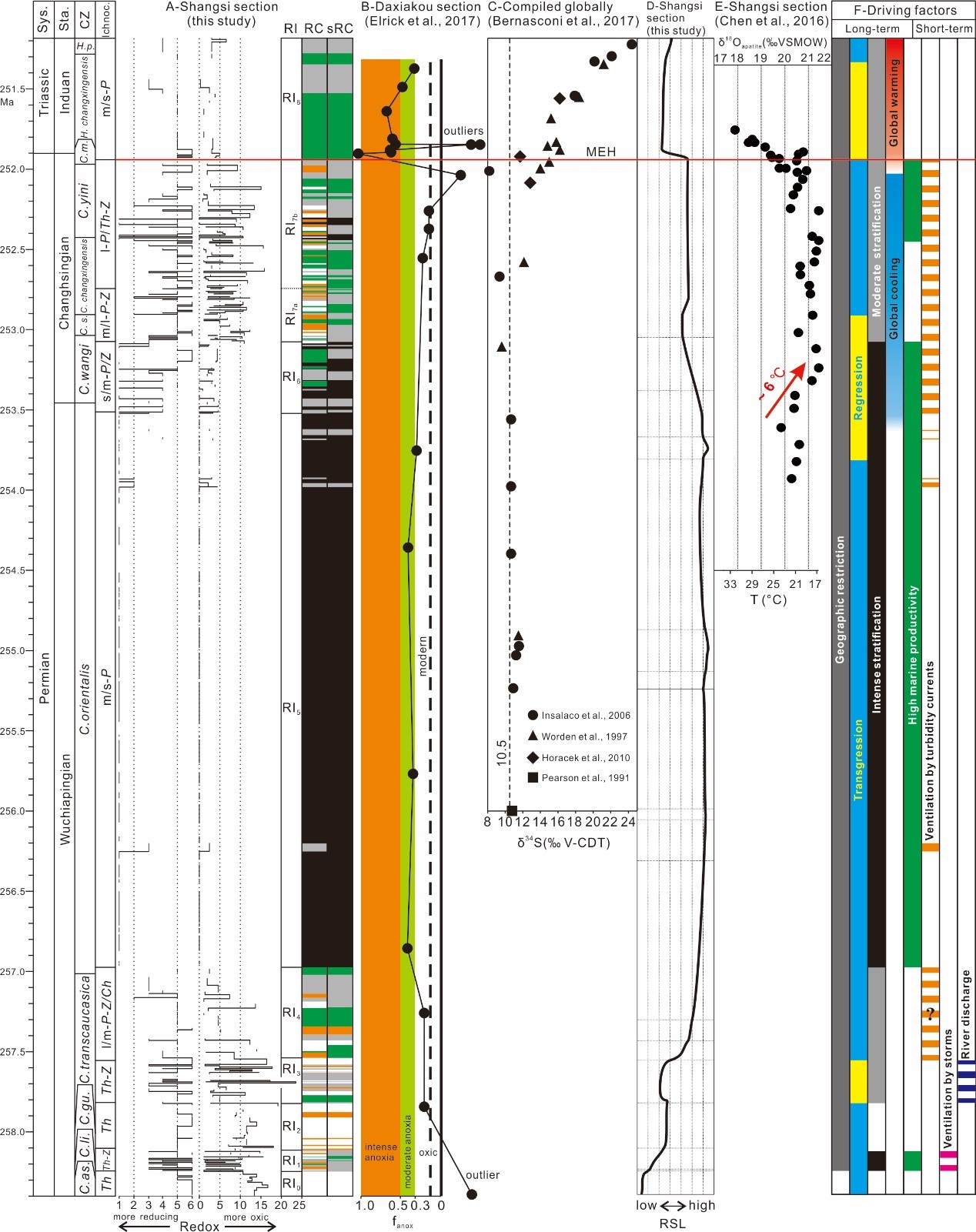
Researchers from the Nanjing Institute of Geology and Palaeontology of the Chinese Academy of Sciences (NGIPAS), China University of Mining and Technology and Nanjing University revealed benthic marine redox conditions and driving mechanisms from Late Permian to the earliest Triassic at Shangsi, South China through high-resolution sedimentological and ichnological studies.
This study was published in Earth-Science Reviews on Dec. 20. It provides implications for revealing the spatial and temporal distribution of anoxic events and the importance of oceanic anoxia in the end-Permian mass extinction (EPME).
About 252 million years ago, more than 81 percent of animal life in the oceans and 89 percent of animal life on land went extinct. Extensive volcanism is the most probable trigger of this life crisis. Oceanic/marine anoxia triggered by volcanisms is the most plausible killing mechanism for the EPME in the marine realm.
Although a wealth of studies had supported the latest Permian-Griesbachian extreme anoxia, there is some opposite evidence indicating the occurrence of oxic benthic marine conditions during the Permian-Triassic interval.
In addition, it has been reported that the deterioration of the marine environment was probably before the EPME. However, only a few studies have focused on the paleo-oxygen levels during the Late Permian. Therefore, further work needs to be carried out on the benthic marine redox conditions before and during the EPME.
The researchers found that high-frequency (centimeter- to decimeter-scale) and secular (meter- to tens of meters-scale) benthic oxygen-level variations were developed at Shangsi. "The high-frequency variations were mostly local signals generated by transient episodic mixing and ventilation by storms and turbidity currents. While the secular variations were regional or global signals caused by regional factors and global climate changes," said Dr. ZHENG Quanfeng, the first author of the study.
Anoxic/euxinic benthic marine conditions prevailed throughout the middle Wuchiapingian to the early Changhsingian at Shangsi, which persisted for 3.9 Myr (256.974–253.073 Ma). This long-term middle Wuchiapingian-early Changhsingian anoxia event could be correlated both regionally and globally, and was caused by paleogeographic restrictions, relative high sea levels, high marine productivities, and possible global climate changes.
Moreover, the researchers found a long-term global oxygenation event occurred during the Changhsingian, which initiated at ~253.513 Ma, followed by a major oxygenation pulse at 253.073 Ma, and further intensified at 252.739 Ma at Shangsi.
This Changhsingian global oxygenation event was probably triggered by an early Changhsingian global cooling event, during which the average surface ocean temperature declined ~6 ℃, and the cold climate persisted during most of the Changhsingian.
The study was supported by the Chinese Academy of Sciences and the National Natural Science Foundation of China.

Fig. 1 Lithofacies, microfacies, and storm-induced structures (A, C-E) from the top Wuchiaping Formation (A and B) and the basal Talung Formation (C-G). (Image by NIGPAS)

Fig. 2 Driving factors for the evolution of benthic-marine redox conditions at Shangsi from the Lopingian to the earliest Triassic. (Image by NIGPAS)

86-10-68597521 (day)
86-10-68597289 (night)

52 Sanlihe Rd., Xicheng District,
Beijing, China (100864)

